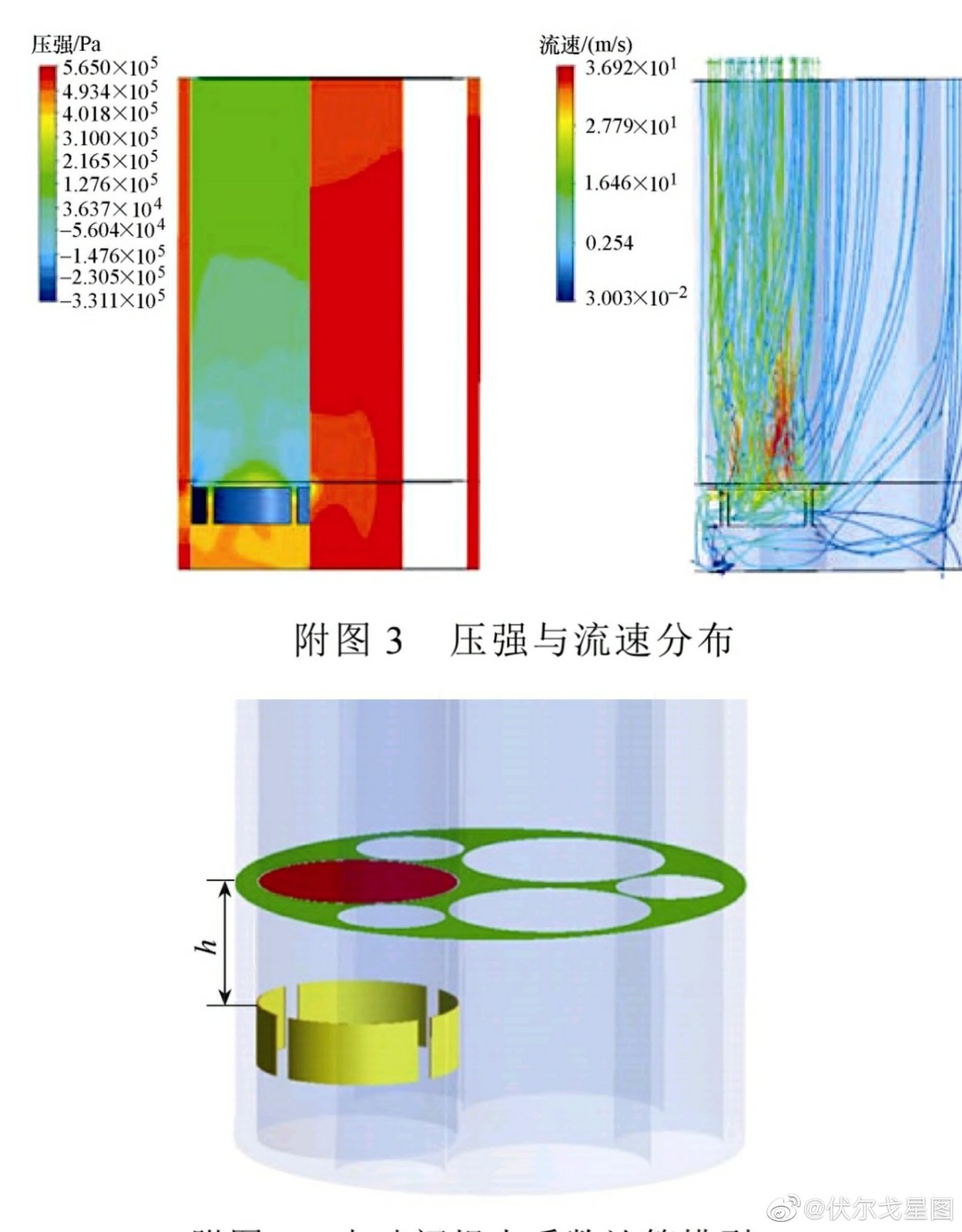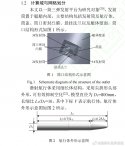That may be a possibility, but future is very uncertain. The US essentially stopped building new plants (except for a few already under construction) after the Three Mile Island accdient in 1979 and yet there was sufficient combined expertise/infrastructure to build AP1000 30 years later. Given the current trajectory, China will be in a better position on nuclear fission. However, there are bunch of activities in many countries (including China - CNNP may be building world's first modular reactor) to develop smaller reactors which will be easier to build (and maintain capability). As things stand, the US will be operating a sizeable fleet (likely > 40) into 2060s and so expertise will be around, unlike the moon program that fired majority of the expertise as soon as the progrma is over. Several years ago I compiled the chart below (projecting expected number of operating plant in the US based on license expiration and 20 year extension to 60 years), to gauge viability of employment in the US in commercial nuclear fuel research. Plants are now doing another 20 year extension to 80-year life and so the curve will shift to the right.Getting back to nuclear power if the trend continues, 20 years from now "the West" will simply lose the capacity to build civilian nuclear power plants. Once this happens then it will No longer be by choice.
Secondly...
Currently all new nuclear reactor construction must be at least based on 3rd generation technology. 2nd generation does not meet standard and thus cannot be built. Using this logic, 20 years from now all new construction must be at least based on 4th generation technology. China is the only country that has a 4th generation nuclear reactor currently in operation, the HTR-PM reactor. Therefore they have the lead.

Not sure of the HTGR as a model reactor to expand into the future. Fuel density is low and so large spent fuel mass have to be dealt with. Some of the new smaller plant designs are also passive safe and they burn out highly active acnides, rendering spent fuel relatively safe after hundreds of years instead of tens of thousands of years.
Who knows what will happen in 20 years. Fussion physics is well understood now and combined with material/super conductor advances I may see a sustained reaction with energy return in my life.




